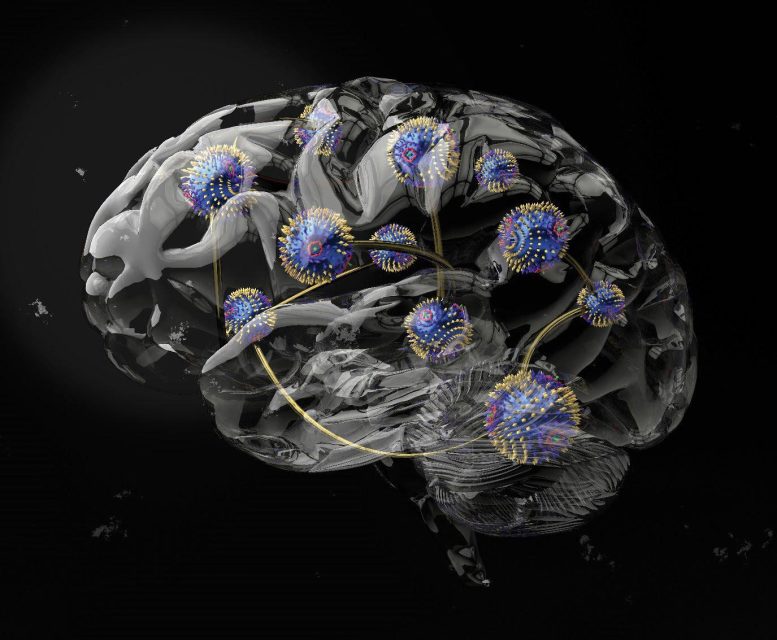
Researchers have advanced brain-inspired computing using chiral magnets, significantly reducing energy use in machine-learning tasks. The research marks progress towards more sustainable and adaptable computing technologies. An artistic representation of connected magnetic skyrmions as a computational medium for brain-inspired, reservoir computing. Credit: Dr. Oscar Lee
A new study led by researchers from UCL and Imperial College London has brought us one step closer to a form of brain-inspired computing that exploits the intrinsic physical properties of a material to dramatically reduce energy use.
In the new study, published in the journal Nature Materials, an international team of researchers used chiral (twisted) magnets as their computational medium and found that, by applying an external magnetic field and changing temperature, the physical properties of these materials could be adapted to suit different machine-learning tasks.
Such an approach, known as physical reservoir computing, has until now been limited due to its lack of reconfigurability. This is because a material’s physical properties may allow it to excel at a certain subset of computing tasks but not others.
Towards Efficient and Adaptable Computing
Dr. Oscar Lee (London Centre for Nanotechnology at UCL and UCL Department of Electronic & Electrical Engineering), the lead author of the paper, said: “This work brings us a step closer to realizing the full potential of physical reservoirs to create computers that not only require significantly less energy, but also adapt their computational properties to perform optimally across various tasks, just like our brains.
“The next step is to identify materials and device architectures that are commercially viable and scalable.”
Traditional computing consumes large amounts of electricity. This is partly because it has separate units for data storage and processing, meaning information has to be shuffled constantly between the two, wasting energy and producing heat. This is particularly a problem for machine learning, which requires vast datasets for processing. Training one large AI model can generate hundreds of tonnes of carbon dioxide.
Neuromorphic Computing: A Sustainable Approach
Physical reservoir computing is one of several neuromorphic (or brain-inspired) approaches that aim to remove the need for distinct memory and processing units, facilitating more efficient ways to process data. In addition to being a more sustainable alternative to conventional computing, physical reservoir computing could be integrated into existing circuitry to provide additional capabilities that are also energy efficient.
In the study, involving researchers in Japan and Germany, the team used a vector network analyzer to determine the energy absorption of chiral magnets at different magnetic field strengths and temperatures ranging from -269 °C to room temperature.
They found that different magnetic phases of chiral magnets excelled at different types of computing tasks. The skyrmion phase, where magnetized particles are swirling in a vortex-like pattern, had a potent memory capacity apt for forecasting tasks. The conical phase, meanwhile, had little memory, but its non-linearity was ideal for transformation tasks and classification – for instance, identifying if an animal is a cat or dog.
Co-author Dr. Jack Gartside, of Imperial College London, said: “Our collaborators at UCL in the group of Professor Hidekazu Kurebayashi recently identified a promising set of materials for powering unconventional computing. These materials are special as they can support an especially rich and varied range of magnetic textures. Working with the lead author Dr Oscar Lee, the Imperial College London group [led by Dr Gartside, Kilian Stenning, and Professor Will Branford] designed a neuromorphic computing architecture to leverage the complex material properties to match the demands of a diverse set of challenging tasks. This gave great results, and showed how reconfiguring physical phases can directly tailor neuromorphic computing performance.”
Reference: “Task-adaptive physical reservoir computing” by Oscar Lee, Tianyi Wei, Kilian D. Stenning, Jack C. Gartside, Dan Prestwood, Shinichiro Seki, Aisha Aqeel, Kosuke Karube, Naoya Kanazawa, Yasujiro Taguchi, Christian Back, Yoshinori Tokura, Will R. Branford and Hidekazu Kurebayashi, 13 November 2023, Nature Materials.
DOI: 10.1038/s41563-023-01698-8
The work also involved researchers at the University of Tokyo and Technische Universität München and was supported by the Leverhulme Trust, Engineering and Physical Sciences Research Council (EPSRC), Imperial College London President’s Excellence Fund for Frontier Research, Royal Academy of Engineering, the Japan Science and Technology Agency, Katsu Research Encouragement Award, Asahi Glass Foundation, and the DFG (German Research Foundation).

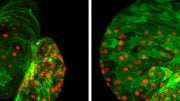
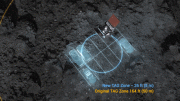
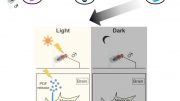



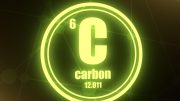

I am doing a NSF SBIR Grant proposal for type of chip development tool that will allow you to make anything you want on a totally customizable gatearray. Just as usual you FAB your device but if you FAB it on the test wafer We supply it can be converted into a finished, tested, packaged part with full parameter extraction (Neural) and characterization in 1 week for $20K. We auto generate cannonical design functional evaluation parts, one of which is a CPLD (Electrically reconfigurable). This allows you to test any design you want with your new active device module. Phone me – 831-428-6652
I am 80 and still cooken on al 4 burners – family lives to 100 if stay relaxed.
I have designed 4 active devices and 4 gatearay base chip families.
I also have developed several neural systems that function using “Compressed Math” (machine language “C-Forth) I have a 720 sgft Faraday cage lab building in my Santa Cruz Mountains Lab. (12′ industrial cielings) All available. NOTE: Lab has 1/2 1.5′ elevated computer floor.